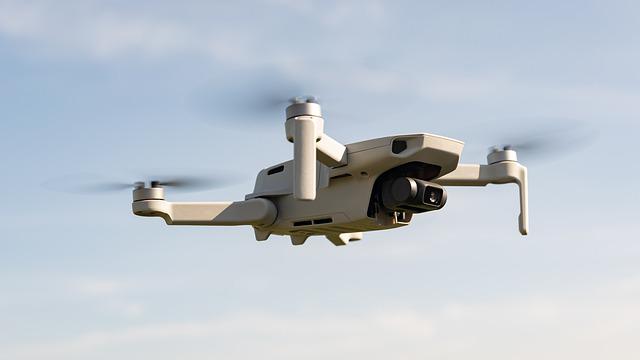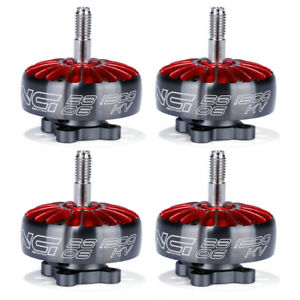
If you're looking for a small FPV drone, look no further. These small drones are extremely agile and can fly indoors for as long as 4 minutes. These drones are also equipped with ducted designs, which make them resistant to impacts against walls. There are many micro FPV drones available on the market and many are ready to fly. They're great fun to fly.
Nanohawk X
Nanohawk X micro FPV drone can achieve amazing flight times and is lightweight. This drone is made using aircraft grade carbon fibre, which maintains its light weight while providing stiffness and durability for all types of flight conditions. High-quality, long-lasting batteries are also included in this drone. The Nanohawk X drone is a great choice for both novice and advanced flyers.
Tinyhawk II
Tinyhawk micro FPV drones are a great option for beginners. The Tinyhawk micro FPV drone allows you to see your surroundings through FPV. Engineers have made improvements to this flying machine, as well as the Tinyhawk platform. The drone's FPV transmission system was improved. Continue reading to find out more about the Tinyhawk II.

NanoCam FMV
The NanoCam FPV drone is a miniature flying machine with full-features that fits in your hand. The drone's features include videography, aerial photography, heading lock, altitude hold and auto take-off. The nanocam drone works via a wifi app to display real-time first-person flight video. It can record videos and still images. A camera is attached to the nanocam's arm.
Eachine Flytower Minicube
The Eachine Flytower Minicube micro drone comes with everything you need to fly. It also includes a receiver with built-in buzzer. It also includes a 4in1 10A ESC and a F3 flight controller with OSD that you can customize using the Betaflight graphical user interface. The minicube supports a couple of S-size lipos.
BetaFPV65 Pro
BetaFPV has changed the frame design of its beta65S and micro-FPV drones. The new Beta65S Lite has a stronger frame and Silverware firmware, which doesn't require a switch to power it. The upgraded version has faster 19000KV 7x16mm motors and three-blade propellers, for greater punch in the throttle. It is strong enough to fly indoors, but can also handle light wind outside. It also includes a failsafe.

Runcam Split
This is the place to go if you are looking to pair a Runcam Split with a micro FPV aircraft. Because the Split is small, it's ideal for people who want to keep weight down and still have a great camera. It has HD recording and DVR capabilities. You can also fly it with analog settings. The camera's tucking features protect vulnerable parts in case of an accident. This feature also lowers the camera’s weight.
FAQ
Is it illegal for a drone to be flown?
Yes, flying drones can be illegal in certain countries. These include Australia, Canada. Germany, Japan. New Zealand. Singapore. South Korea. The United Kingdom. It is legal in some other countries, such as France and Italy, the Netherlands, Poland, Russia or Switzerland, Turkey, Ukraine, and Vietnam.
What is the difference of a quadcopter and an hexacopter, you ask?
Quadcopters are four-rotor helicopters that fly like traditional helicopters. It has four rotating rotors. The hexacopter can be described as a quadcopter but has six rotors, instead of the usual four. Hexacopters have more stability and maneuverability than quadcopters.
Can my drone be flown around my neighbourhood?
Yes! These are called UAVs (unmanned aircraft vehicles). There are many different types of drones that you can buy today, including small quadcopters as well as large fixed-wing aircraft. The FAA recently released new rules for commercial UAV use, meaning that they are now legal to fly for business purposes. But, it is important to note that UAVs being flown near airports can interfere with air traffic control systems. Before you operate one, you need permission from local authorities.
Statistics
- According to the multiple listing service (MLS), houses and apartments with drone photographs are up to 68 percent more likely to sell than those without pictures. (thedroneu.com)
- According to ZipRecruiter, the minimum hourly wage of drone pilots is $20. (thedroneu.com)
- With the top 10% making over $100/h and the bottom 10% making as low as $10/h. (dronesgator.com)
External Links
How To
How to Fly Drones for Beginners
A drone is a remote-controlled aircraft used for aerial photography, cinematography, surveillance, scientific research, and hobby purposes. The technology behind drones has been around since World War II. DJI introduced their Phantom series of quadcopters in 2010, but commercial use only began in 2010. From beginner-friendly drones such as Parrot AR Drone 2.0 through professional-grade multirotor craft like DJI Mavic Pro, many types have been available.
There are many ways to fly a drone.
-
Remote control: This uses a remote control device that attaches to your hand and allows you control the drone along its flight path. There are two types of controllers available: joysticks and on/off switches.
-
Manual Control - Using a smartphone app, this method allows users to remotely operate the drone via GPS coordinates. You must keep track of the location where you want the drone to go and follow the instructions from the app.
-
Autonomous Flying - This allows the drone to take over all of the piloting duties. It's basically flying autonomously without any human intervention. A drone must have a builtin camera and sensors capable to capture images and other data.
-
Triggered Flight - This method is similar to manual control, except the pilot manually sets up a preprogrammed route, and the drone follows that route until it reaches the endpoint. Once the programmed route has been completed, the drone returns to the base automatically.
-
Landing Gear: Some drones have landing gear that allows them safely to land in case they lose power or run low on battery.
-
Goggles - Some pilots wear goggles to protect themselves from debris while operating.
-
Camera – Some drones have cameras, which allow you to take photos or videos from up high.
-
Obstacles. Some drones can have obstacle avoidance technology that stops them from hitting obstacles.
-
Speed - Drones can reach speeds up to 40 mph.
-
Battery Life - Most drones last between 20 and 3 hours depending on how much power they have.
-
Some drones are capable of traveling up to 30 miles depending upon their make and model.
-
Power source - Some drones require an external power source; others work off internal batteries.
-
Weight – Some drones are less than one pound, while other models can be up to four pounds.
-
Size - Drones can range in size from tiny devices that can fit in your palm to heavy crafts that weigh 50 pounds.
-
Price – All drones fall into a price category. These range from expensive models that cost thousands to affordable options that start at 100 dollars.